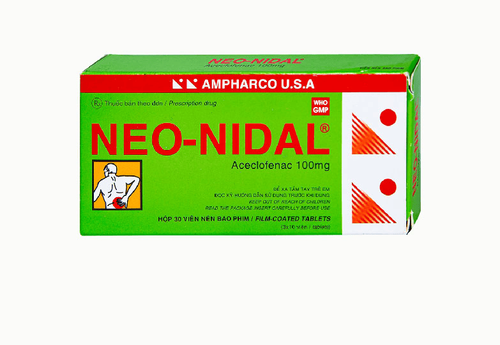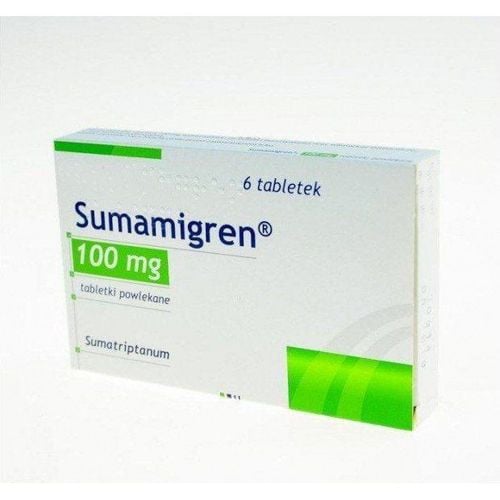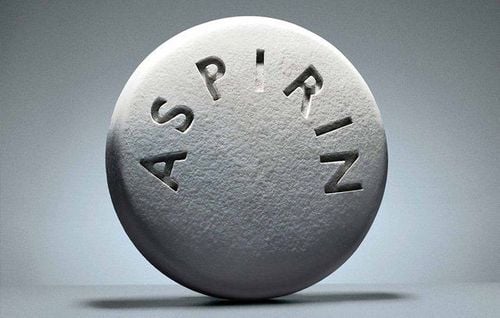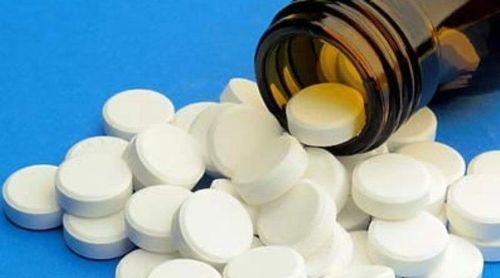This is an automatically translated article.
Nicnotaxgin is a prescription drug (ETC), a group of non-steroidal anti-inflammatory drugs (NSAIDs), indicated for pain relief and fever reduction. Find out more information on how to use and dosage right in the article below.
1. What is the use of Nicnotaxgin?
1.1. What is Nicnotaxgin? Nicnotaxgin is a prescription drug (ETC), a group of non-steroidal anti-inflammatory drugs (NSAIDs), indicated for pain relief and fever reduction. Drugs used to treat Gout and joint diseases. Nicnotaxgin medicine has the main ingredient is paracetamol 325mg and other active ingredients and excipients with sufficient content of the manufacturer. Nicnotaxgin is available in the form of tablets and packages.
1.2. What does nicnotaxgin do? Nicnotaxgin is an antipyretic and analgesic for children used in the following cases: flu, colds, fever or dengue, bacterial infections, viral infections, teething babies, and after vaccinations or after surgery. art,...
Paracetamol is a very effective pain reliever and fever reducer. The drug acts on the thermoregulatory center in the hypothalamus to induce hypothermia, increasing thermogenesis due to vasodilation and increased peripheral blood flow, thereby lowering body temperature in febrile individuals, but rarely hypothermia. normal temperature. Paracetamol relieves pain by raising the pain threshold.
2. Usage of Nicnotaxgin
2.1. How to use Nicnotaxgin Each drug or pharmaceutical product is manufactured in different forms and has different ways of administration according to the route of administration.
The routes of drug administration will usually be classified according to the form of drugs: drugs for oral administration, drugs for injection, drugs for external use or suppositories. Patients should carefully read the instructions on how to use Nicnotaxgin as stated on the instruction sheet.
Patients do not arbitrarily use drugs by other routes not stated in the instruction sheet.
2.2. Dosage of the drug Nicnotaxgin Adults and children over 12 years old: 2 tablets each time, 2-3 times a day. Children from 7 to 12 years old: 1 tablet each time, 2-3 times a day. Do not use more than 4 g/day. Handling missed doses: Prescription drugs require a prescription from a specialist or pharmacist. Over-the-counter medicines require a leaflet from the manufacturer. Carefully read and follow the exact dose indicated on the Nicnotaxgin prescription or leaflet. If you miss a dose, you should contact your doctor for detailed instructions.
Treatment of overdose: Paracetamol overdose is caused by a single toxic dose or by repeated large doses of Paracetamol (7.5 to 10g per day, for 1 to 2 days) or by long-term use. Dose-dependent hepatic necrosis is the most serious acute toxic effect of overdose and can be fatal.
Manifestations of Paracetamol overdose: nausea, vomiting, abdominal pain, cyanosis of the skin, mucous membranes and nails. Manifestations of severe poisoning Paracetamol: initially mild excitement, agitation and delirium. This is followed by central nervous system depression: stupor, hypothermia, fatigue, rapid and shallow breathing; rapid, weak, irregular pulse, low blood pressure and circulatory failure. Treatment: Early diagnosis is important in the treatment of nicnotaxgin overdose. When intoxication with Paracetamol is severe, active supportive treatment is required. Gastric lavage in all cases, preferably within 4 hours after ingestion.
The main detoxification therapy is the use of Sulfhydryl compounds. N - acetylcysteine is effective when taken orally or intravenously. In addition, Methionine, activated charcoal or salt bleach can be used.
3. Contraindications of the drug Nicnotaxgin
Contraindications of the drug Nicnotaxgin in the following cases:
Patients with hypersensitivity to any component or excipient of the drug and liver cell failure. Patients with anemia many times, have heart, lung and kidney or liver disease. People with G6PD deficiency. Drug interactions:
Taking many days of high doses of Paracetamol will slightly increase the anticoagulant effect of Coumarin and Indandion derivatives. Patients should be aware of the potential for severe hypothermia in patients receiving concomitant phenothiazines and antipyretic therapy. Anticonvulsants (Phenytoin, Barbiturates, Carbamazepine), Isoniazid and anti-tuberculosis drugs may increase the hepatotoxicity of Paracetamol. When drinking too much and for a long time can increase the risk of Paracetamol causing liver toxicity. Drug interaction Nicnotaxgin with food and drink
Because in foods and beverages containing other active ingredients, it may affect the phenomenon of antagonism or synergism with the drug when used simultaneously. Patients should carefully read the instructions for use of the drug or consult a doctor or pharmacist about taking Nicnotaxgin with food, alcohol and tobacco.
Pregnant and lactating women: The safety of Paracetamol has not been established for the fetus when used in pregnant women. Therefore, the drug should be used in pregnant women only when clearly needed. In a study in nursing mothers, the use of Paracetamol did not show any undesirable effects in the nursing infant.
4. Note when using the drug Nicnotaxgin
For people with phenylketonuria - urine and people who have to limit the amount of phenylalanine put into the body should avoid taking Paracetamol with drugs or foods containing Aspartame. For some people with hypersensitivity (asthma) should avoid taking Paracetamol with medicines or foods containing sulfites. Should be used with caution in patients with pre-existing anemia, impaired liver and kidney function. Excessive alcohol consumption can increase the hepatotoxicity of Paracetamol, so avoid or limit alcohol consumption. Physicians should warn patients about signs of serious skin reactions such as Stevens-Johnson syndrome (SJS), toxic epidermal necrolysis (TEN), or Lyell's syndrome, a generalized exanthematous pustulosis acute trunk (AGEP).
5. Nicnotaxgin side effects
During the use of Nicnotaxgin, patients may experience some of the following side effects:
Skin rash and other allergic reactions may occur. Usually erythema or urticaria, but sometimes more severe with fever due to drugs or mucosal lesions. In rare cases, paracetamol can cause neutropenia, thrombocytopenia and pancytopenia. Uncommon: Skin (rash), gastrointestinal (nausea, vomiting); hematologic (hematopoietic disorders: neutropenia, pancytopenia, leukopenia), anemia; kidney (kidney disease, nephrotoxicity with long-term use). Patients should inform their doctor about unwanted effects when using the drug. Store Nicnotaxgin in a cool, dry place, at a temperature not exceeding 30°C, in its original packaging and out of direct sunlight. Because the high temperature will be able to metabolize the ingredients in the drug. Keep out of reach of children and away from household pets.
Follow Vinmec International General Hospital website to get more health, nutrition and beauty information to protect the health of yourself and your loved ones in your family.
Please dial HOTLINE for more information or register for an appointment HERE. Download MyVinmec app to make appointments faster and to manage your bookings easily.













